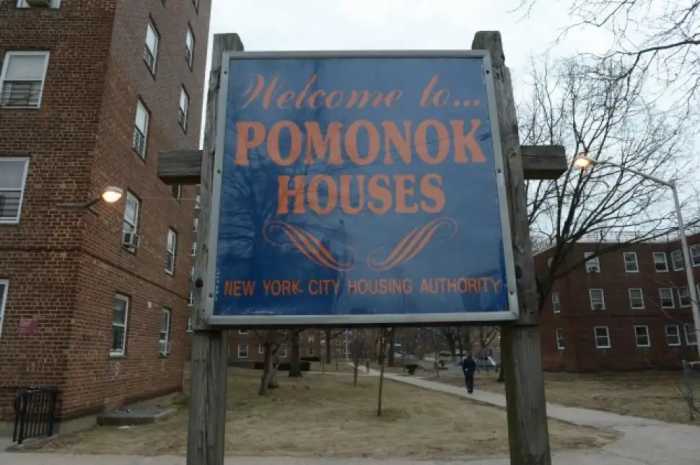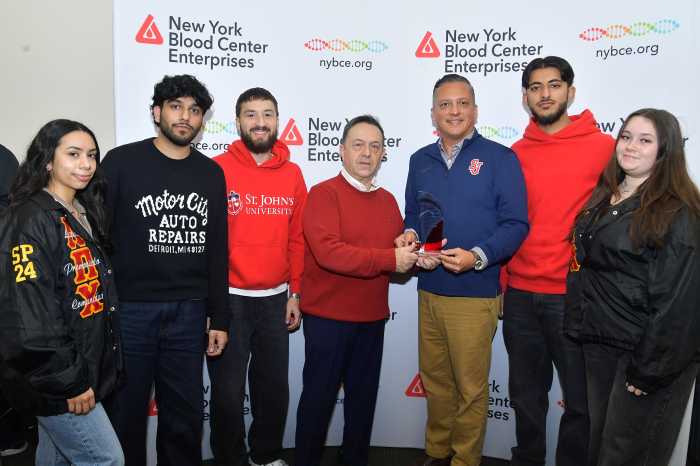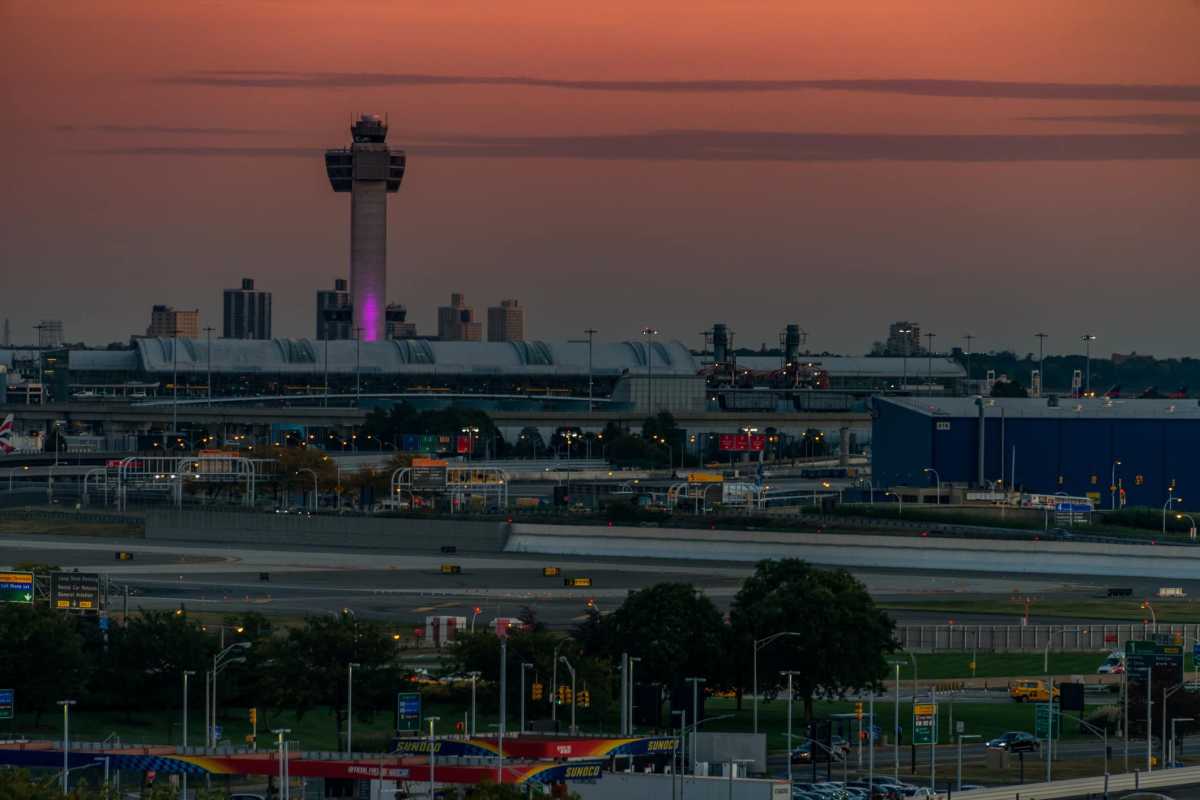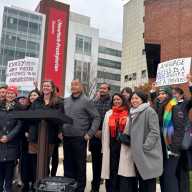One of Queens’ biggest bodies of water is dangerously close to becoming a puddle, the Jamaica Bay Watershed Advisory Committee (JBWAC) announced Thursday, August 2.
The seven-member committee announced that the current rate of marshland loss at Jamaica Bay could dry it up completely by 2012.
JBWAC released the report with help from officials at the Gateway National Recreation Area (GNRA), a subdivision of the National Park Service.
In a statement issued August 2, City Councilmember James F. Gennaro called the news “extremely alarming.”
“The rapid and widespread loss of the marshlands is a clear indication that the entire Jamaica Bay ecosystem is in grave jeopardy,” said Gennaro, chair of the City Council’s Environmental Protection Committee. “Jamaica Bay’s dire condition necessitates that aggressive actions be taken to protect and restore the health of the Bay.”
In 2005, Gennaro authored Local Law 71, requiring the formation of a committee to create a “blueprint for [the] protection and restoration of the health of the Bay.” JBWAC, the group charged with the task, collaborated with GNRA and The New York City Department of Environmental Protection in forming its analysis.
Gennaro’s motivation to create Law 71 came after a series of hearings held by the City Council’s Environmental Protection committee. The hearings determined that the marshes at Jamaica Bay were essential not only to the health of the Bay itself, but the surrounding ecosystem.
Gennaro pointed to nitrogen pollution as a possible cause for the marshland losses.
“Experts believe that nitrogen pollution being released into the Bay from four of the City’s sewage treatment plants may be a principal cause for these severe
marshland losses,” said Gennaro, noting his “particular concern” at DEP’s lack of
initiative to solve the problem.
Gennaro said the Environmental Protection Committee will hold a hearing to discuss the findings of JBWAC’s report when the City Council reconvenes
in September.




































